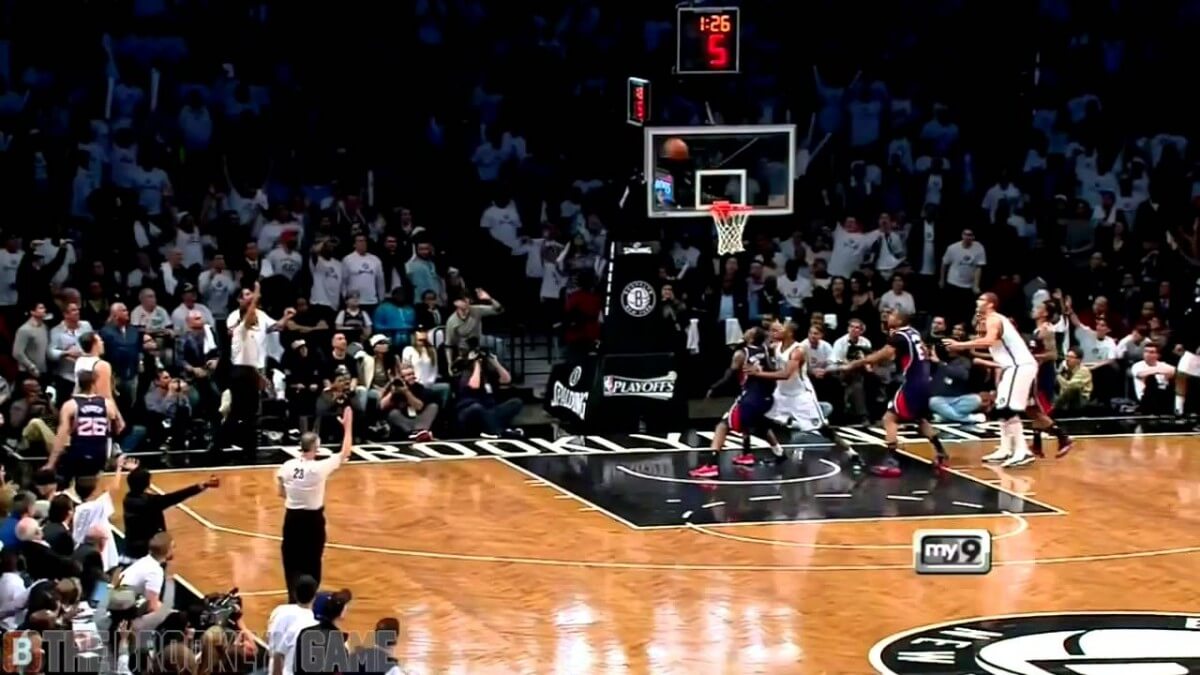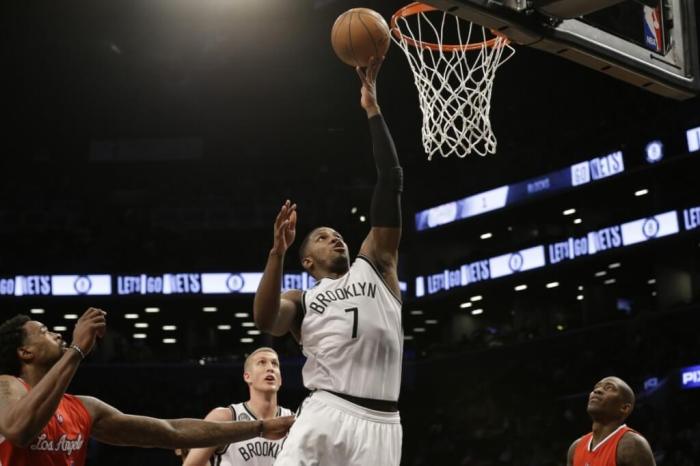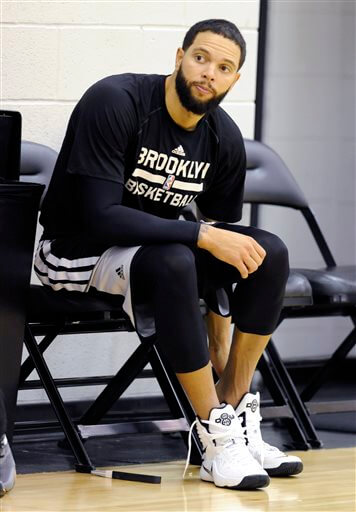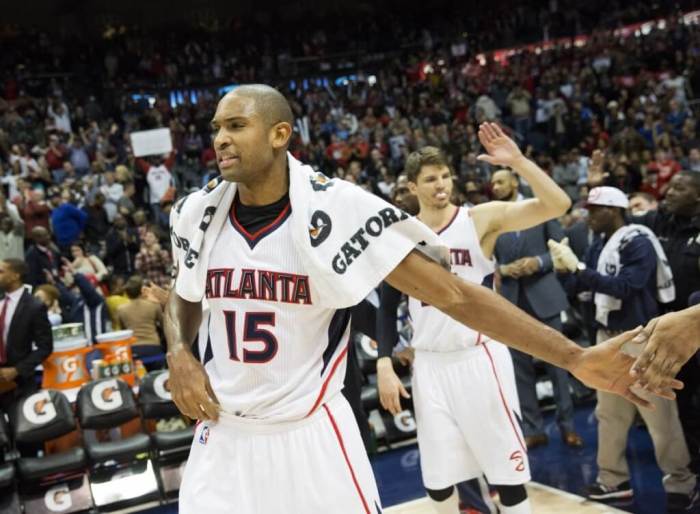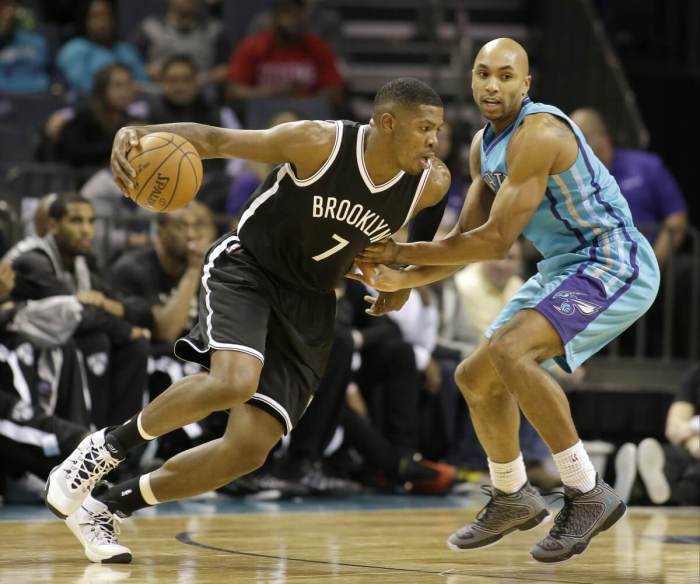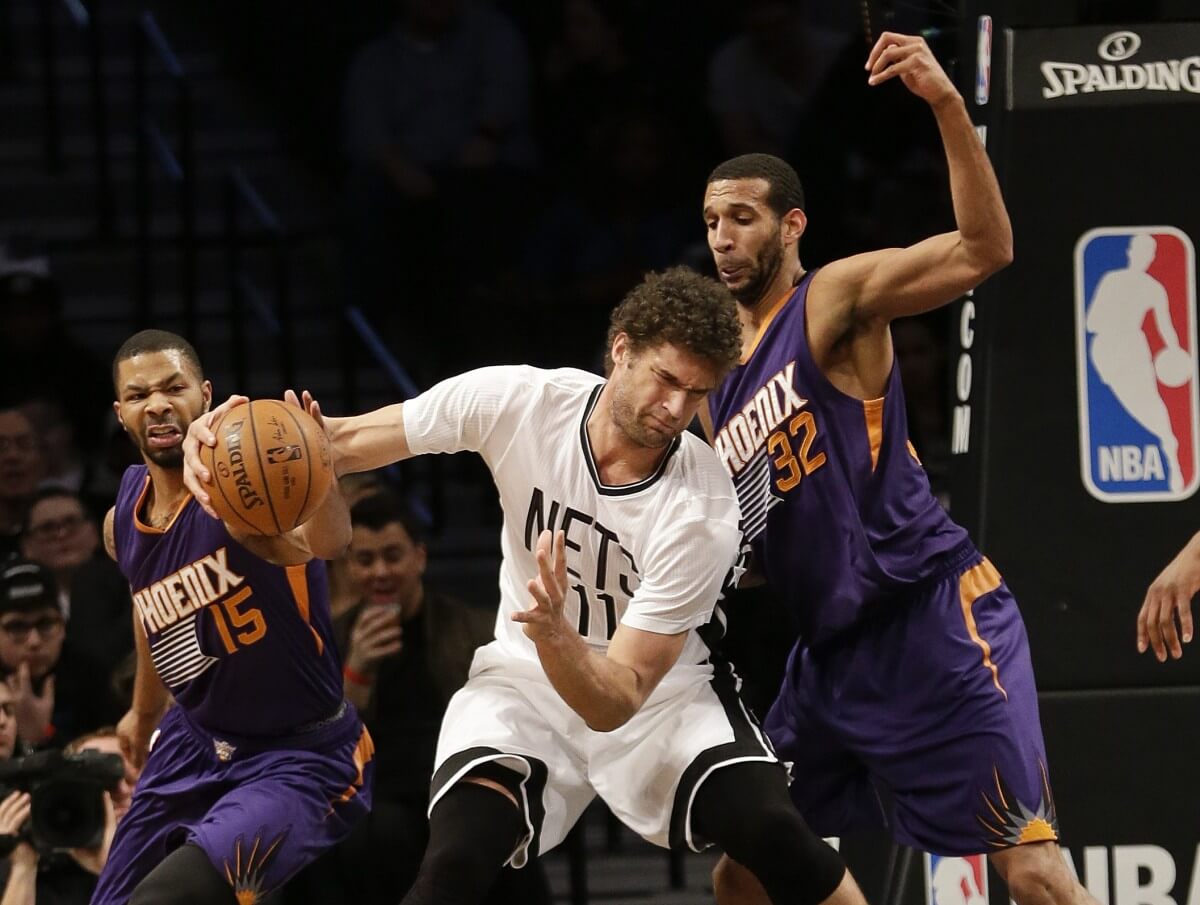
We know now that Lionel Hollins’s eureka moment with Brook Lopez came in February.
“I understood that he wasn’t going to be a dominant post-up player, and that we had to play differently with him to be effective,” Hollins said during the season.
But maybe he meant that the NBA wasn’t suited to Lopez’s back-to-the-basket scoring style anymore. As a stand-alone, the post-up is not a valuable primary scoring option; at the very least, the NBA hasn’t figured out how to make it one in recent years, as the league has adjusted hand-check rules on the perimeter to free up dribble-drives and figured out the value of three-point shooting.
That’s just in the numbers. NBA teams scored 0.85 points per possession directly out of post-up plays this season, according to Synergy; for comparison, spot-up shooters scored 0.97 points per possession. NBA players scored just over 19,000 points in post-up plays this year; they scored close to 50,000 on spot-ups.
Lopez scored quite well out of the post, averaging 0.94 points per possession, per Synergy. But even that robust figure still ranks below your average spot-up shooter. He was much more valuable off the ball, whether that was pick-and-rolling with Deron Williams (1.08 PPP overall), slinking around the rim in wait for a dump-off pass (1.32 PPP on “cuts”), or hounding the offensive glass (1.19 PPP on offensive putbacks).
That doesn’t mean the post game is dead on arrival. Grantland’s Zach Lowe dissected the reports of the post game’s imminent demise, and from his analysis and discussions with NBA coaches & executives, theorized that its return could be in how it creates open looks elsewhere on the floor. As Lowe says:
Every fundamental offensive play is about drawing two defenders to the guy with the ball, opening up a 4-on-3 across the rest of the floor. That’s the whole point of a pick-and-roll, but switching defenses stubbornly leave exactly one defender for each offensive player. As switching becomes more common, teams will have to find another way of sucking two defenders toward the ball: posting up, especially against size mismatches.
The Nets played their finest stretch of basketball in Brooklyn over the second half of 2013-14, partially because they pushed both sides of this idea to the extreme. Defensively, they switched on damn near everything, and offensively, they ran inverted post-ups with big guards that were talented passers.
This is a point I harped on a few times: Shaun Livingston, a 6’7″ point guard, was basically the power forward in their longball lineup. He was the league’s most efficient post-up scorer and could pass out of the post with ease.
It points to a basic tenet of basketball: an open shot is easier to make than a contested one, and it’s hard to get an open shot in a post-up when a help defender can throw themselves at you at any given moment. Straight one-on-one post-ups have become easier to defend because they’re not one-on-ones anymore.
That’s what makes the ability to pass out of the post so crucial. If a talented scorer forces the defense to adjust, he can quickly counter by finding the open cutter or shooter. Here’s an example below, from Game 4 against the Atlanta Hawks: three Hawks defenders collapse on Lopez, and Lopez turns & fires a pass within a second. It’s not a traditional back-down-your-man post-up play, but it highlights the importance of being able to pass out of the threat of a post-up and make a quick decision:
The above read aside, Lopez has never been a talented passer, and this year he looked to score more than ever. He averaged fewer than one assist per 36 minutes for the first time in his career, and ended up shooting the ball once for every 1.6 passes he made.[note]That doesn’t even include free throw attempts, of which Lopez averaged 3.8 per game. There’s also some nuance here — the Nets looked to involve Lopez at the end of plays, which is why his pass-to-shot rate is astronomical. But his lack of passing instincts is part of why they used him like that.[/note]
This is Brooklyn’s tricky tightrope. The Nets desperately want to bring Lopez back, if only because they have no way to replace him if he bolts. But Lopez has only shown off passing instincts in short bursts, and the offense often stagnates around him once he catches the ball. As Lowe wrote, “(p)ost scorers who can’t think on their feet don’t present the same threat level they once did.” If Lopez returns, Hollins should either continue to limit Lopez’s post-up plays, or help him evolve from a post-up scorer to a post-up player.

